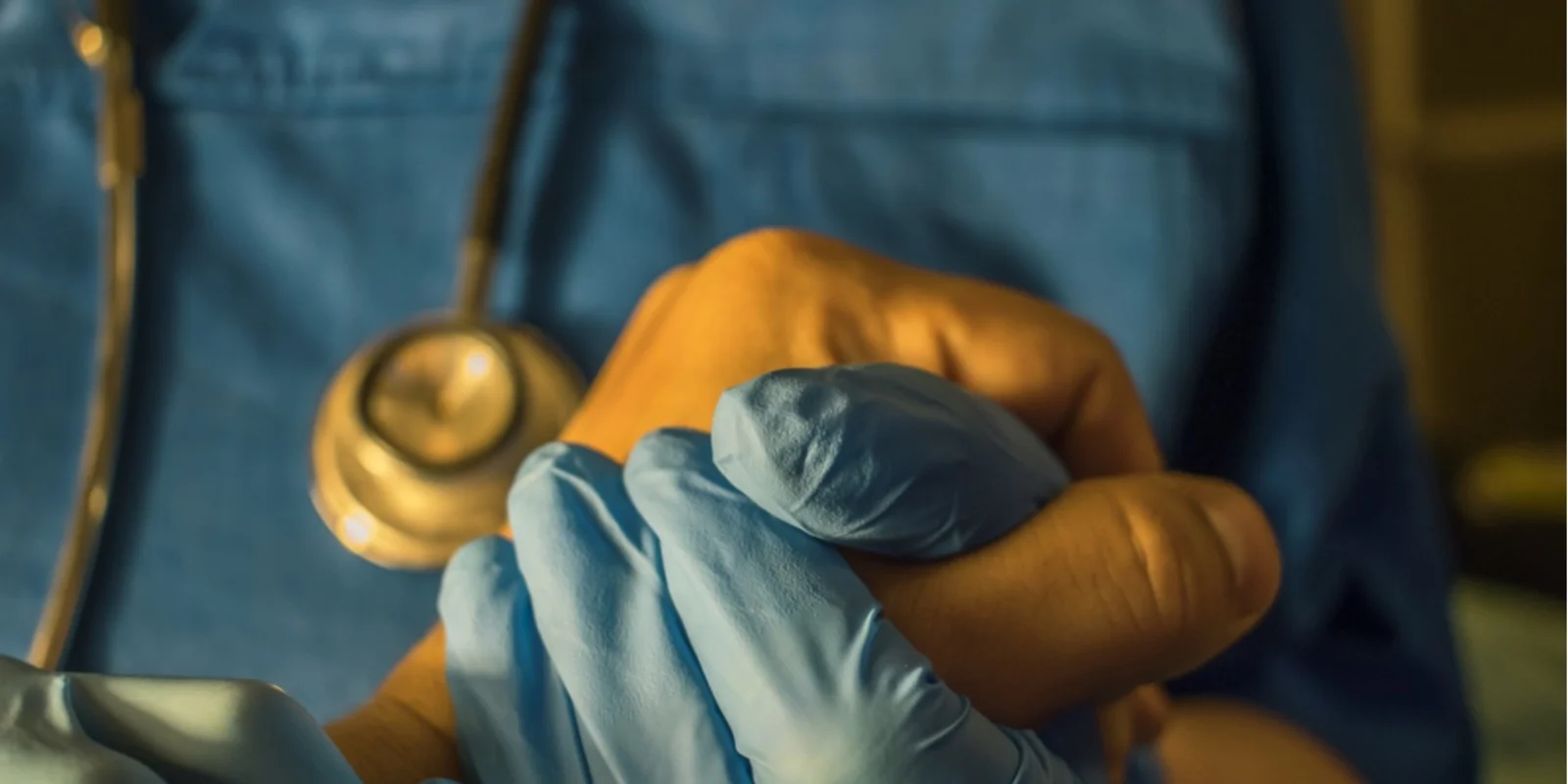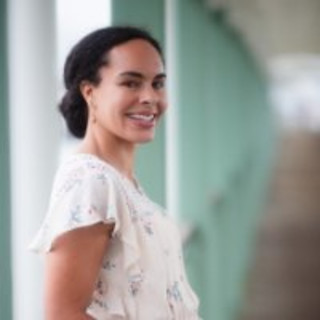
My uncle made it easy for physicians to put a name to a face. He was the poster child for being a person first and a patient second, and he was quite the person. His treatment for metastatic bladder cancer included years of painful procedures, invasive chemotherapeutics, a clinical trial, and hours of surgery, but he maintained a sense of humor, strong faith, and dedication to family and friends. He told me he used his Irish “gift of gab” to cope, and his open communication created a friendship with his medical team.
Our family felt a strong bond with his doctors until his health started to decline. He was diagnosed with a brain metastasis and on came the radiation and then side effects. As he bounced back and forth to the emergency room and hospital, my aunt recalls she stopped seeing his primary doctors. “He was often discharged on the weekends so we didn’t see his main doctor,” she remembers. No one mentioned death, but on one last discharge it became clear when one of his neighbors, who was a nurse navigator at a different hospital, broke the news that he likely would not recover.
He was enrolled in home hospice and died within the week. As our family grieved, our community rallied, all except the medical team who had cared so closely for my uncle. We never heard from them, not even so much as a card. My aunt was rightfully angry and disappointed. The relationships my uncle formed with his doctors were abandoned.
Years later, as a physician, I often reflect on what happened with my uncle. I now realize that it likely wasn’t a lack of caring or grieving that kept his doctors from reaching out after his death. In fact, a 2003 survey of 200 physicians demonstrated that the majority felt some amount of emotional impact from their patient’s death, and the longer they cared for the patients, the more the death affected him or her. It also wasn’t a lack of expertise; he went to one of the best academic hospitals and cancer center.
Physicians are often criticized for running away from dying patients, but evidence suggests that doctors are being encouraged in medical school and in practice to learn to connect with their patients through the end of life. In a powerfully titled article, “That’s not what you expect to do as a doctor, you know, you don’t expect your patients to die”, Smith-Han, et al., explore the changing perceptions of young doctors toward death: for instance, a shift between a heroic role of the “curing” practitioner to a role focused on caring. The authors did, however, note that the process of learning to deal with death as a medical trainee involved a “dampening of their emotions.” There’s no doubt that physicians are learning to be more present as care providers during and after patient death, but the process is still challenging.
Some physicians do reach out after their patient dies. Dr. Rory Goodwin, spinal oncology surgeon at Duke University Medical Center, makes it a habit to have his team contact the patient family to see how they are doing. He states, “In reality, it’s the family you’re treating.” Goodwin and his team take this philosophy throughout the patient’s care. He also understands why a physician might not reach out and points out that physician time constraints and paper work demands are so intense that they can easily miss an opportunity to contact a family in a timely manner. It’s not an excuse, but rather an explanation of the layered complexity in healthcare that makes the humanistic practice of medicine difficult.
Dr. Haider Warraich, cardiology fellow and author of Modern Death, points to two barriers between providers and patient families following patient death that most providers can relate to. The first, he says, is that “Medical care has become so fragmented. Too many times, the first time a trainee might meet someone is at the end of life or in some cases at the moment of their demise. It is hard to build a relationship with patients’ family members as we keep flipping through rotations.”
This fragmentation in hospitals is a problem I’ve faced. More than once, I have pronounced a patient deceased on the first time I met them or their family members. It’s a strange, distant, and numbing experience. When I think of the trainees that my uncle connected with during his care, most of them had followed him as an outpatient and been part of his surgeries, but they were not staffing the hospital floor he presented to just before he died. Maybe if they were, the conversation would have been different.
Dr. Warrich’s second point echoes Dr. Goodwin’s concerns about the constraints placed on physicans: “As I have written about before, too frequently after a patient dies, we are inundated with paperwork and logistics. It would be valuable to offset some of those requirements to other staff, such that we can be present with not only the deceased patient but their caregivers.”
The role of the physician in our current hospital culture doesn’t always allow for physicians to demonstrate compassion surrounding death. Dr. Dhruv Khullar, attending physician at New York-Presbyterian Hospital and Healthcare Policy Researcher, discusses both the time and cultural constraints on physicians. He refers to these constraints as “boundaries that maintain a culture of us [physicians] not reaching out to patient families after a patient dies.”
Despite changing rotations and paperwork overload, our patients’ families need us to be present after the death of their loved one. Holdsworth defined several key factors of a “good death” in the eyes of grievers. Two of them are 1) social engagement and connection to identity and 2) support for grieving caregivers. There are ways that we as physicians can provide both connection to identity and support for grieving caregivers. Dr. Warrich suggests, “When I talk to family members after a loved one dies, I never dwell on the medical minutiae. I usually want to learn more about the patient, about their relationship with the family member or loved one, and about what they loved about life. It’s never too late for doctors to witness a tribute to their patients and be reminded about why they do what they do.”
A family member will likely never forget the emotions surrounding their loved one’s death. As physicians we can help by openly appreciating the identity of the deceased and by providing words of support.
The emotions that my aunt and family feel when reflecting on my uncle’s doctors and how they acted around his death are sadly not positive. I want to think of ways that physicians can improve this experience for other families. We can take a minute away from the EHR and share in a moment of grief and tribute with a patient’s family. It doesn’t have to be much more than a question about how they would want to be remembered, a statement about how you enjoyed getting to know them and are sad to see them pass, or a card in the mail. These can shape family members’ lasting memories. It may even help us cope with the pain we’re feeling too.







